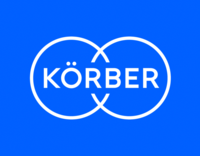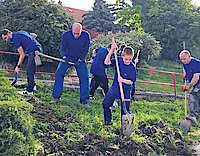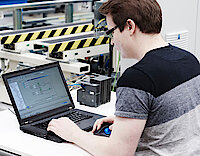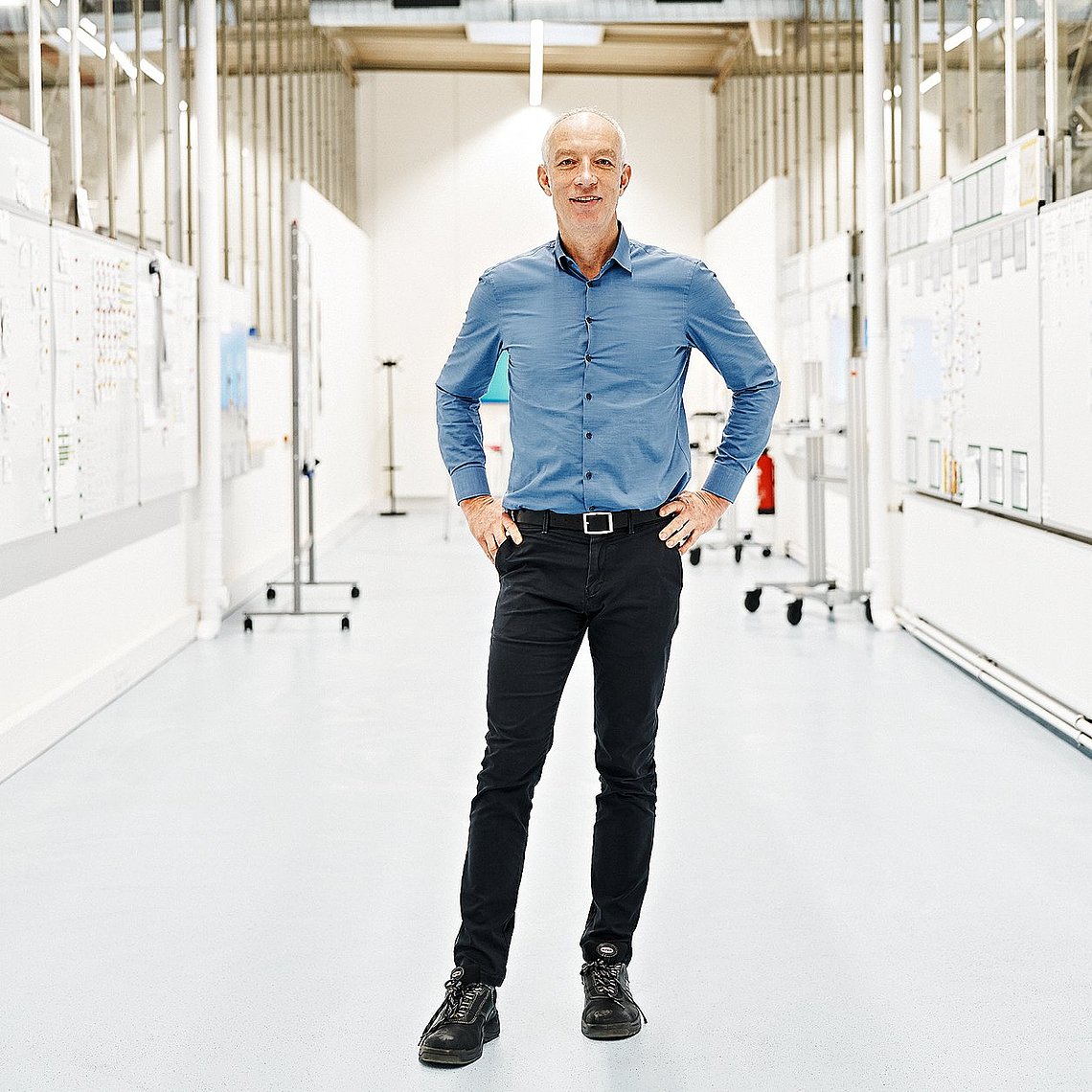
Flexible, fast, and consistently customer-focused: Hauni has realigned its product development operations and created the pioneering Multi Segment Maker (MSM) in record time.
And there it is: A huge elongated cabinet made of metal, with countless drum-shaped rollers behind its transparent doors. Up above runs a slim conveyor belt that transports the tobacco sticks. Next to the MSM is a flip chart, and there are also index cards on which the next production steps are noted. Karsten Barsch stood here many times last year to discuss the state of operations and progress during shop floor meetings with his team of installers, developers, and purchasers. “It was great how everyone regularly came together at the machine — it’s a lot of fun when you work that way,” says Barsch, who in his capacity as Project Manager Secondary is responsible for the production of the MSM machines scheduled for delivery in 2019. Each machine is individually configured from the modular concept so that it is matched to the customer’s specific application.
Put simply, a Multi Segment Maker brings together the basic technological features of a Protos-M with those of a KDF 5MF filter combiner. In other words, the performance capabilities of various successful machine types are consolidated into a model that can be used flexibly. Indeed, the modular concept used for the MSM is what offers customers the greatest benefit. This concept makes it possible to adapt the machine to all different types of customer products and ensures that it meets special requirements — for example, those involving additional inspection steps. “As a result, customers are able to react to market developments more quickly,” Barsch explains. “When consumer preferences change, the MSM is simply reconfigured.”

















